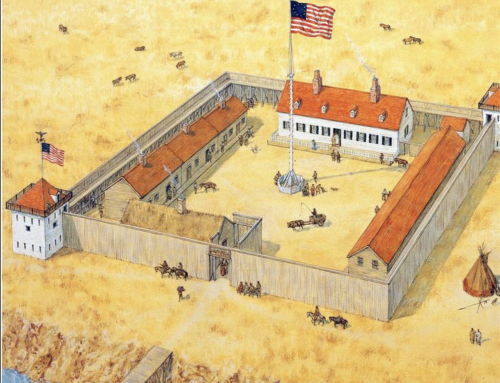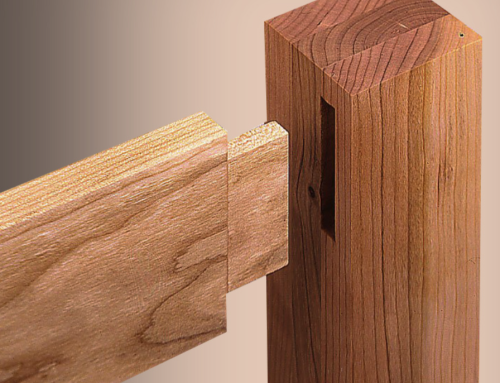اول متن را بدون کمک بخوانید و پاسخ سوالات را در دفترتان یادداشت کنید. در این مرحله نباید از خارج از متن اطلاعات کمکی بگیرید. مثلاً نباید از دیکشنری استفاده کنید. نیابد از کسی مثل معلم یا دوست کمک بگیرید. و خلی مهم است که به ذهنتان اجازه ندهید بر اساس «حدس» های بدون دلیل و متکی به شباهت ظاهری کلمات را بفهمد.
در مرحله بعد می توانید فایل صوتی را گوش بدهید و متن را نگاه کنید. این کار باعث می شود آهنگ کلام را بشنوید و بنابراین بهتر می فهمید تکیه های جملات کجاست و دستور زبان چگونه صحبتهای نویسنده را به هم متصل کرده. حالا برای بار دوم جواب سوالات را در دفتر بنویسید. آیا تغییری نسبت به قبل داشت؟
در مرحله آخر، ویدیوهای مربوط به متن را تماشا کنید. این محتوا شامل توضیحات کامل معنی و مفهوم متن است. بعد از تماشا، برای مرتبه آخر به سراغ سوالات بروید و جوابهای جدیدتان را در دفتر یادداشت کنید.
حالا شما سه بار به هر سوال پاسخ داده اید.
اگر دوست دارید خیلی به همه مهارتهای زبان بیشتر مسلط شوید، مجدداً سراغ فایل صوتی بروید. بعد از هر عبارت یا جمله، مکثی بدهید و با صدای خودتان آن قسمت را از روی متن بخوانید. بعد ادامه دهید. روخوانی، و روانخوانی از مهمترین تمرینهایی است که می تواند به ارتقای جدی زبان شما کمک کند.
فقط توجه کنید که لهجه مصنوعی نگیرید. اگر با صدای عادی خودتان بخوانید، به مرور تلفظ و بیانی شبیه انگلیسی زبانها پیدا خواهید کرد.
-
- The new housing form discussed in the passage refers to
(A) single-family homes
(B) apartment buildings
(C) row houses
(D) hotels- The word “inviting” in line 7 is closest in meaning to
(A) open
(B) encouraging
(C) attractive
(D) asking- Why was the Stuyvesant a limited success?
(A) The arrangement of the rooms was not convenient.
(B) Most people could not afford to live there.
(C) There were no shopping areas nearby.
(D) It was in a crowded neighborhood.- The word “sumptuous” in line 9 is closest in meaning to
(A) luxurious
(B) unique
(C) modern
(D) distant- It can be inferred that the majority of people who lived in New York’s first apartments were
(A) highly educated
(B) unemployed
(C) wealthy
(D) young- It can be inferred that the typical New York building lot of the 1870’s and 1880’s looked MOST like which of the following?
- It can be inferred that a New York apartment building in the 1870’s and 1880’s had all of the following characteristics EXCEPT:
(A) Its room arrangement was not logical.
(B) It was rectangular.
(C) It was spacious inside.
(D) It had limited light.- The word “yield” in line 15 is closest in meaning to
(A) harvest
(B) surrender
(C) amount
(D) provide- Why did the idea of living in an apartment become popular in the late 1800’s?
(A) Large families needed housing with sufficient space.
(B) Apartments were preferable to tenements and cheaper than row houses
(C) The city officials of New York wanted housing that was centrally located.
(D) The shape of early apartments could accommodate a variety of interior designs.- The author mentions the Dakota and the Ansonia in line 24 because
(A) they are examples of large, well[1]designed apartment buildings
(B) their design is similar to that of row houses
(C) they were built on a single building lot
(D) they are famous hotels
Passage A4 – Part 1 – Translated and Explained in Farsi
Passage A4 – Part 2 – Translated and Explained in Farsi
Passage A4 – Part 3 – Translated and Explained in Farsi



Leave A Comment